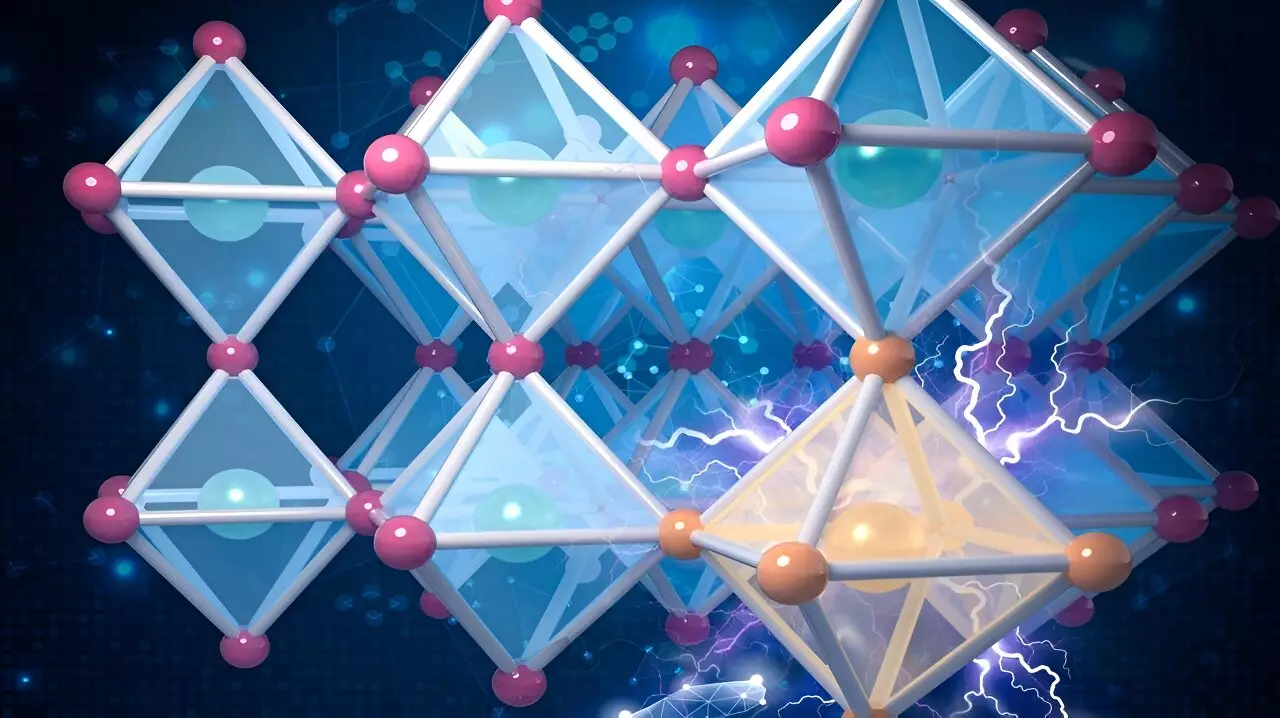The quest for more efficient and cost-effective solar panels has led researchers to explore new materials for photovoltaic applications. Traditional silicon-based solar technology is being challenged by materials such as perovskites, which offer lower costs and simpler manufacturing processes. However, finding the right perovskite materials with the optimal “band gap” has been a major hurdle in the development of high-efficiency solar cells.
An EPFL research project, led by Haiyuan Wang and Alfredo Pasquarello, in collaboration with researchers in Shanghai and Louvain-La-Neuve, has come up with a groundbreaking method to expedite the search for optimal perovskite materials for solar cells. By combining advanced computational techniques with machine learning, the researchers were able to sift through a vast database of materials and identify 14 new perovskites with the potential to revolutionize the solar industry.
The researchers started by creating a comprehensive dataset of band-gap values for 246 perovskite materials using sophisticated computational methods based on hybrid functionals. These functionals incorporate electron exchange and improve upon the standard Density Functional Theory (DFT) by taking into account electronic polarization properties of materials. This approach significantly enhances the accuracy of band-gap predictions, especially for materials like perovskites where electron interaction and polarization effects play a crucial role in their electronic properties.
With the band-gap dataset in hand, the researchers developed a machine learning model trained on the 246 perovskites to predict band gaps and stability. This model was then applied to a database of approximately 15,000 candidate materials for solar cells, effectively narrowing down the search to the most promising perovskites based on their predicted band gaps and stability. The model successfully identified 14 new perovskites that exhibited both optimal band gaps and high energetic stability, making them ideal candidates for high-efficiency solar cells.
The utilization of machine learning in the discovery and validation of new photovoltaic materials offers a promising avenue to lower costs and accelerate the adoption of solar energy. By streamlining the research process and identifying materials with the right properties for solar cells, this approach has the potential to reduce our reliance on fossil fuels, combat climate change, and shape the future of renewable energy.
The EPFL research project’s innovative method combining advanced computational techniques with machine learning represents a significant advancement in the field of solar energy. By discovering new materials for solar cells with improved efficiency and stability, this research paves the way for a sustainable and clean energy future.


Leave a Reply